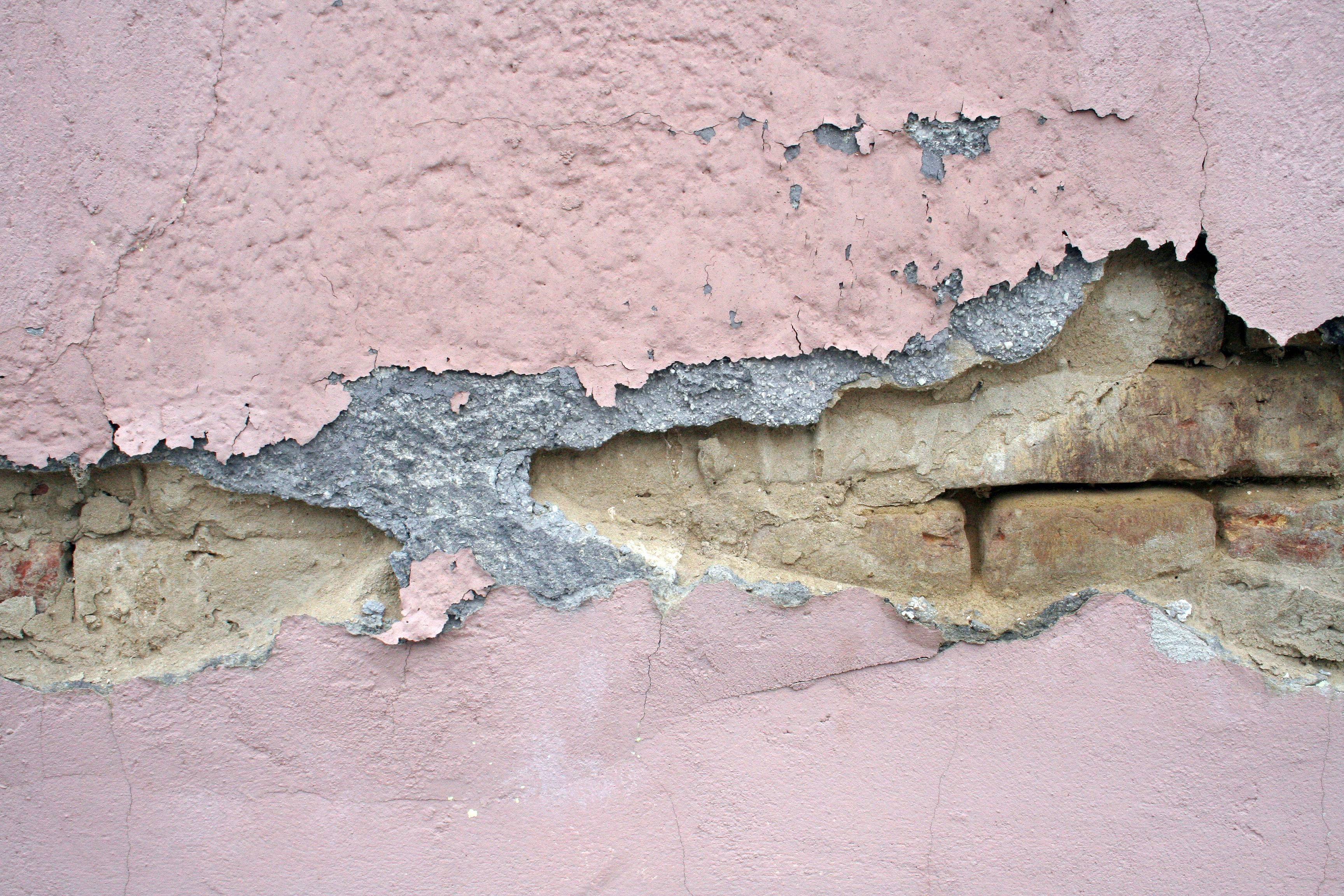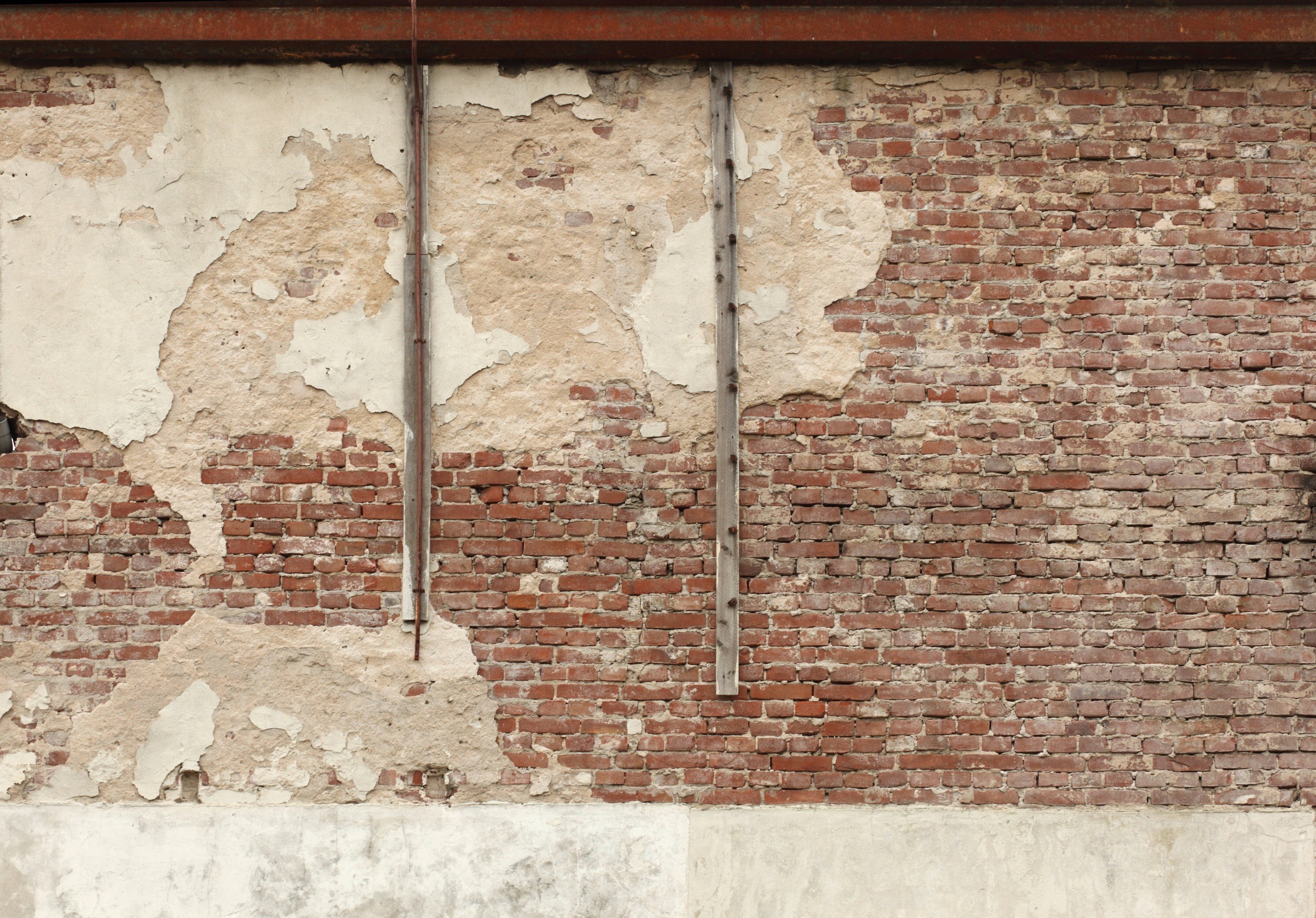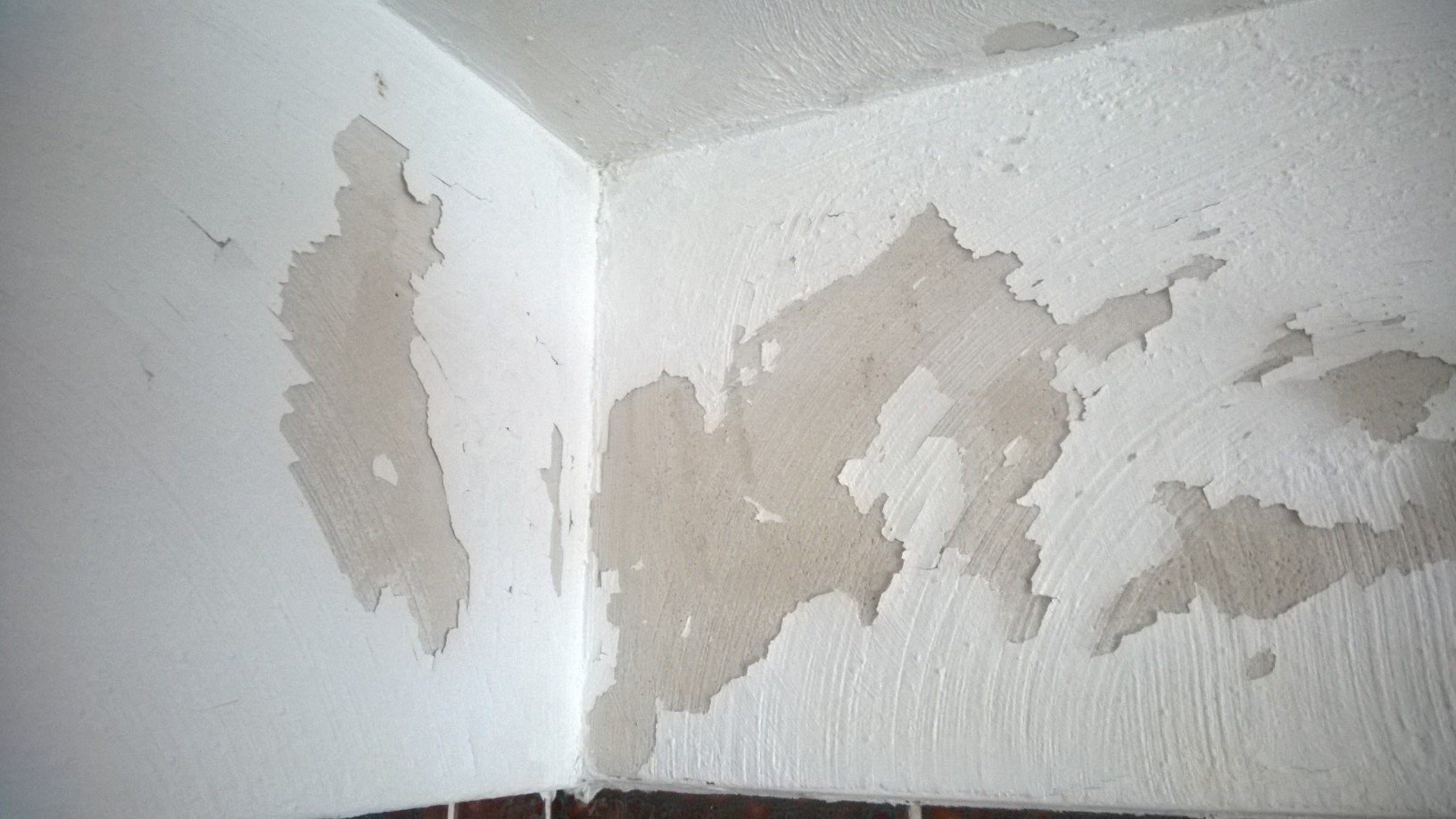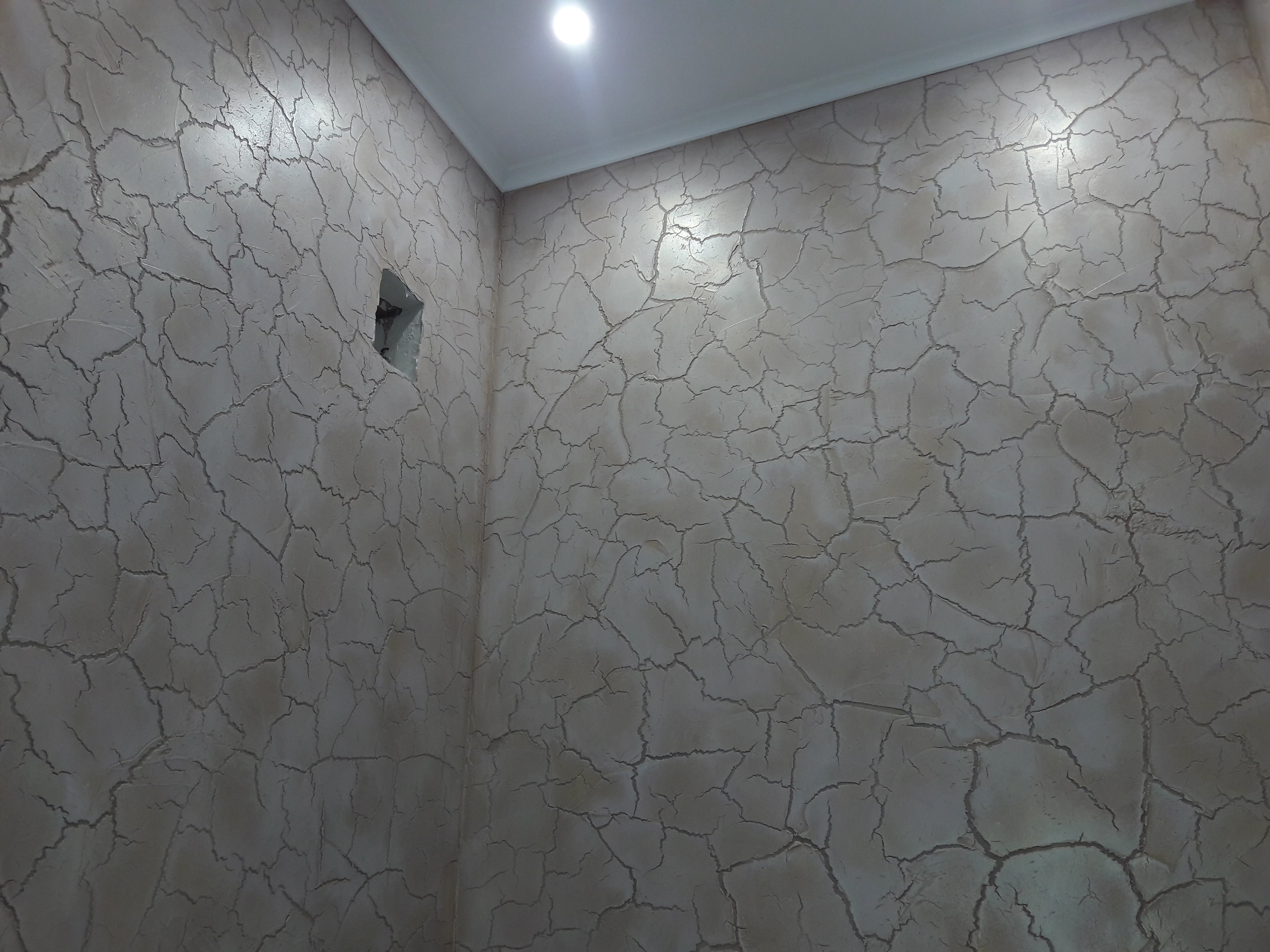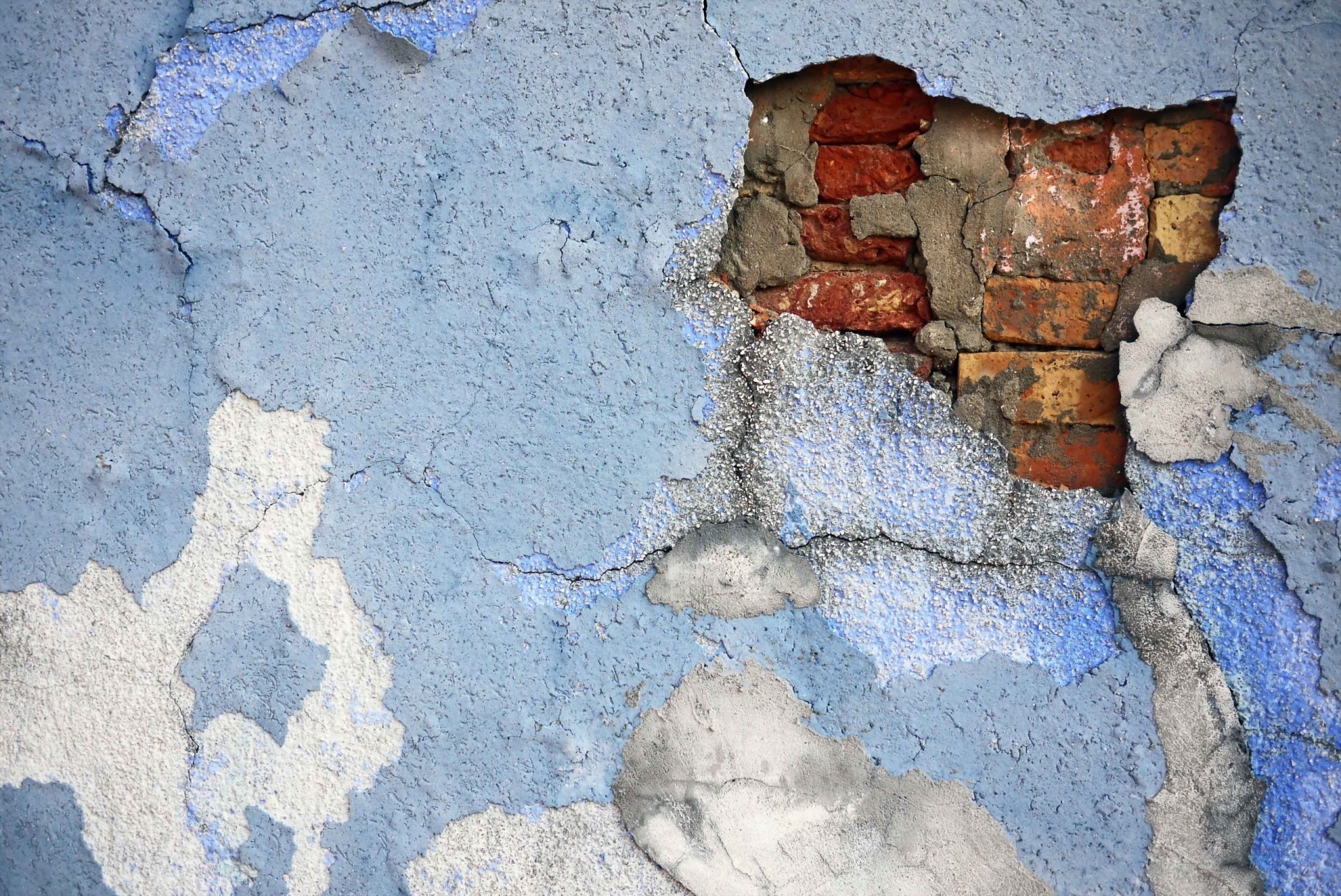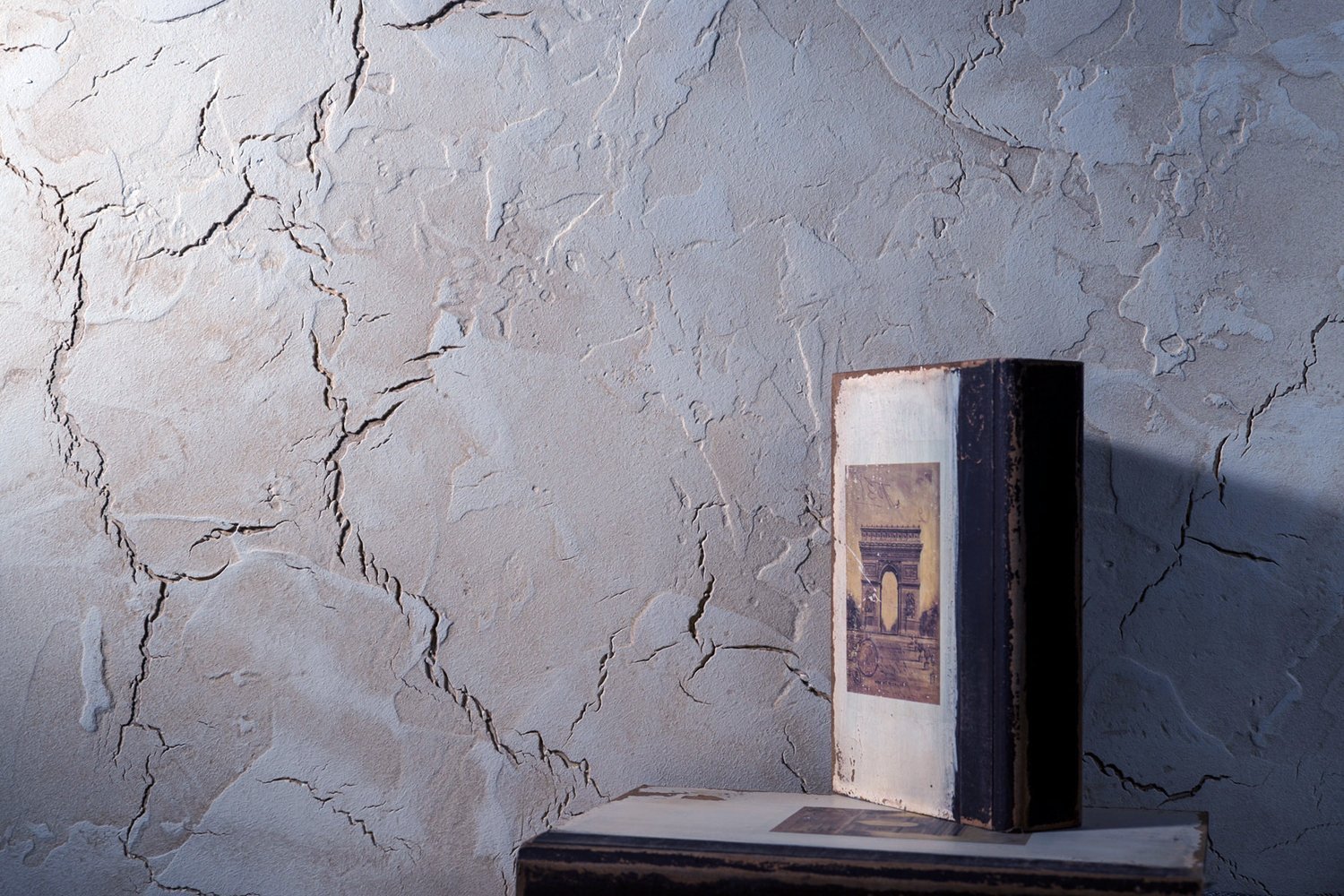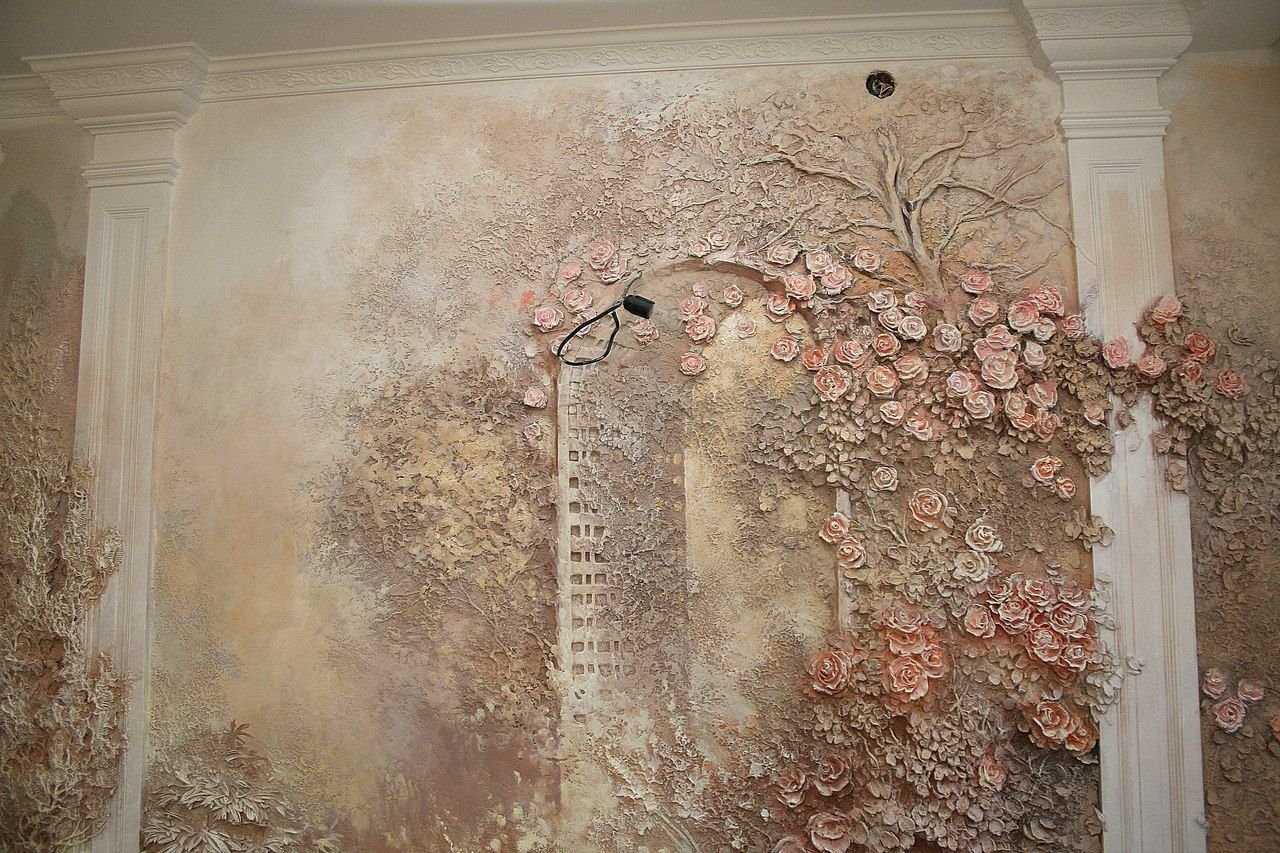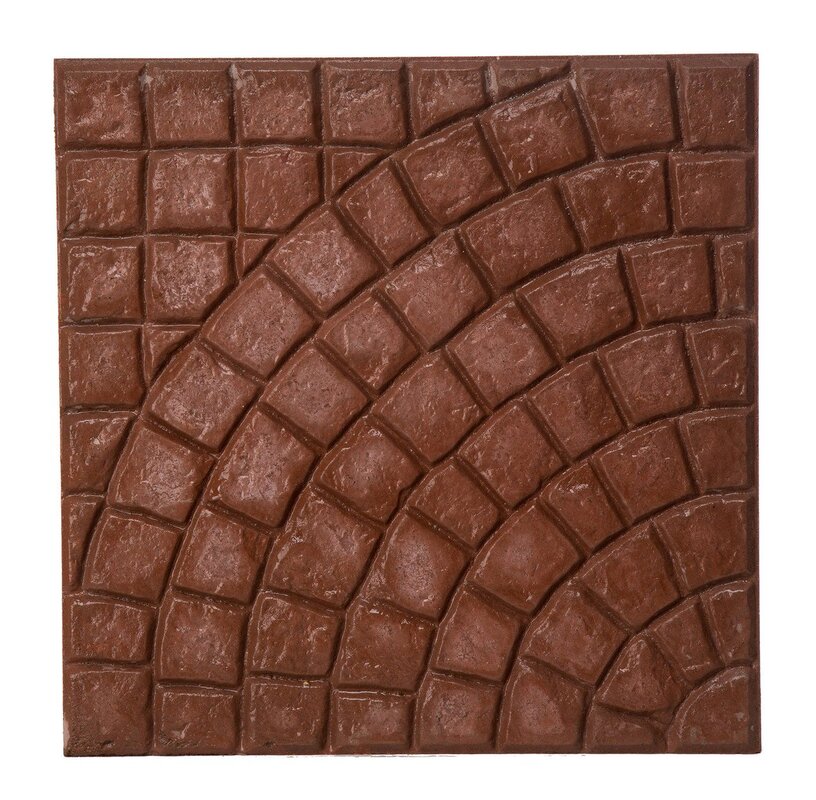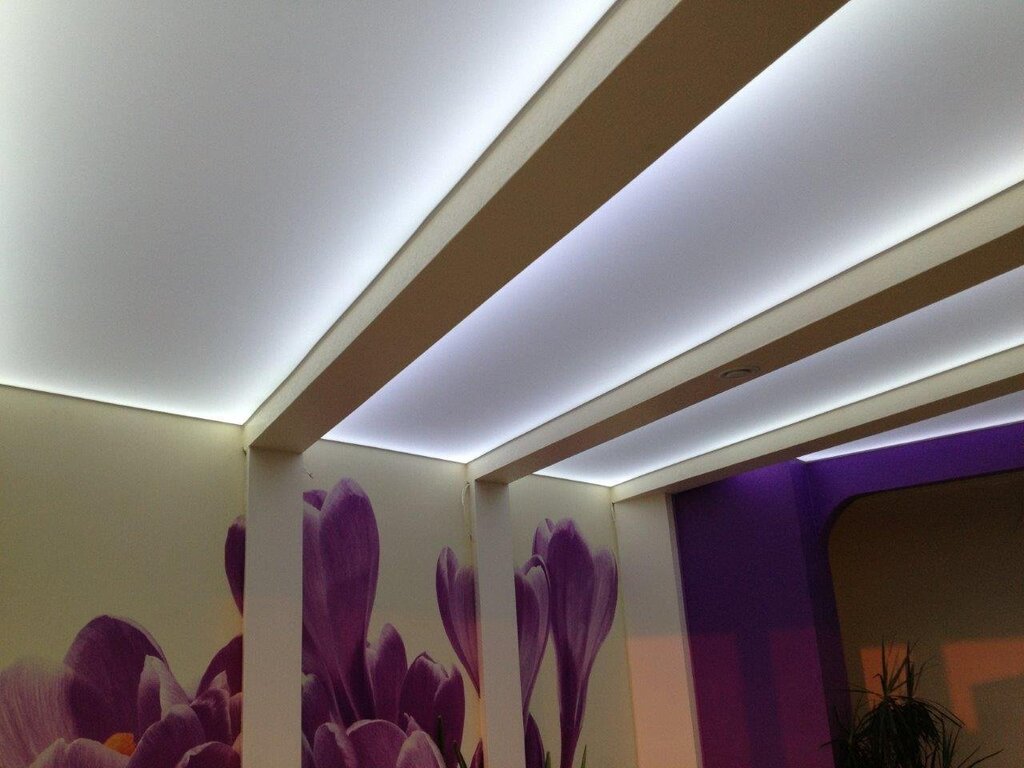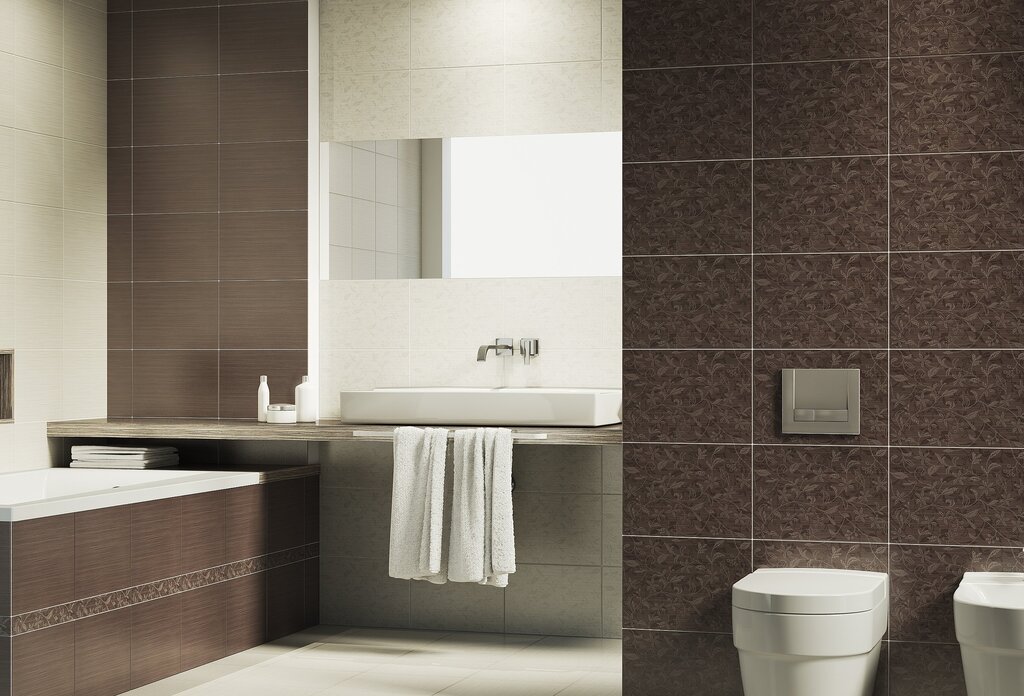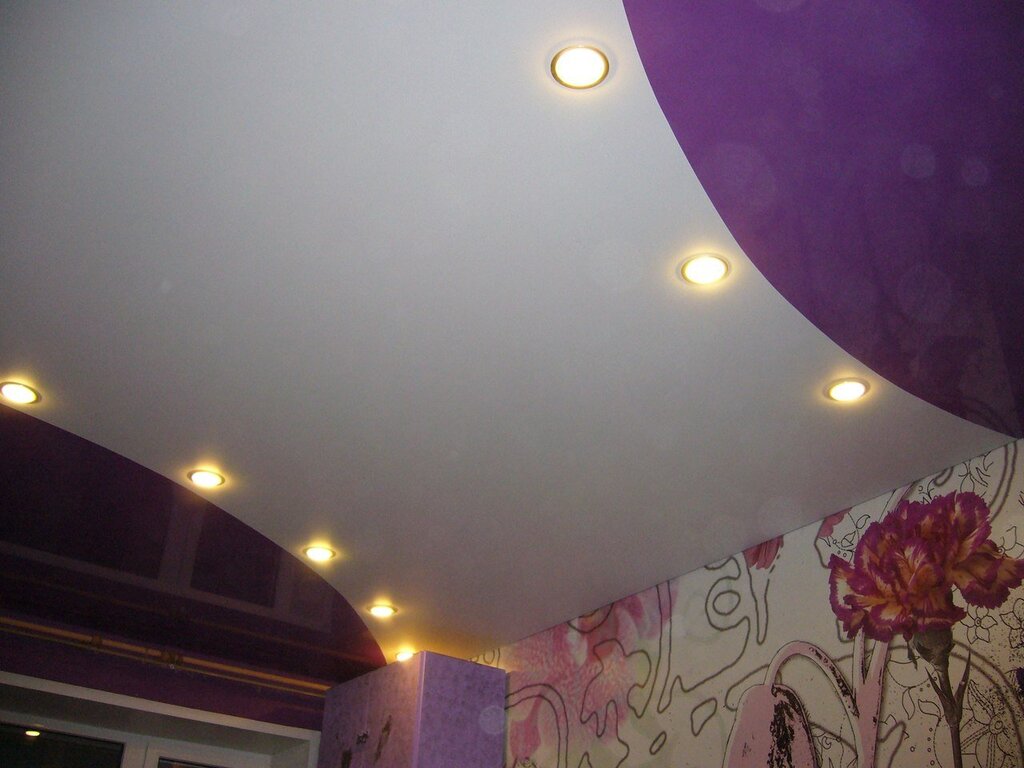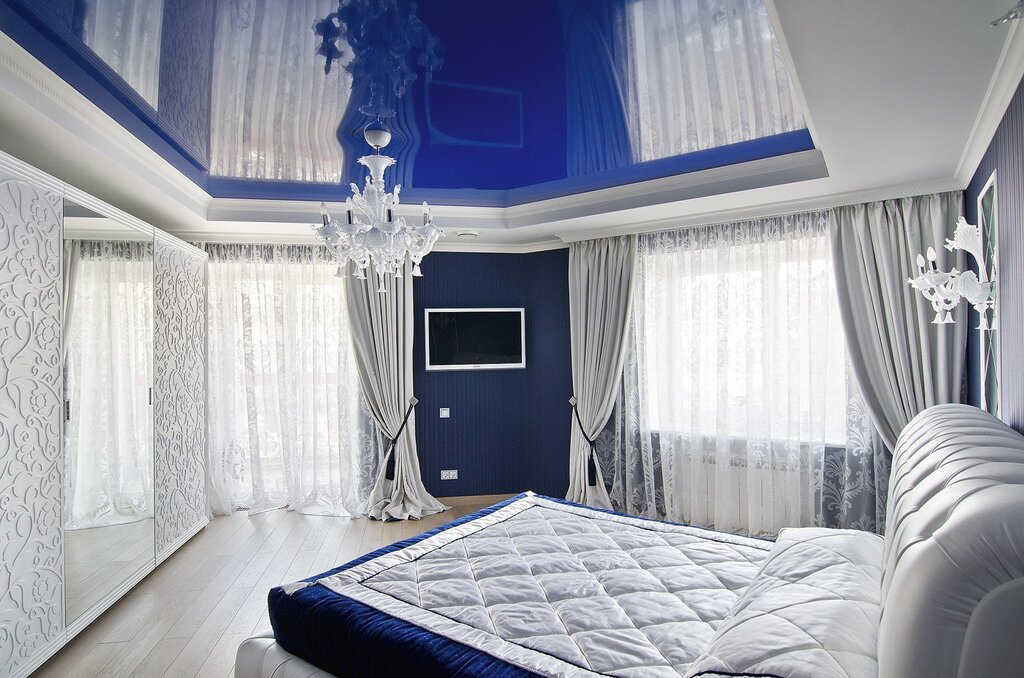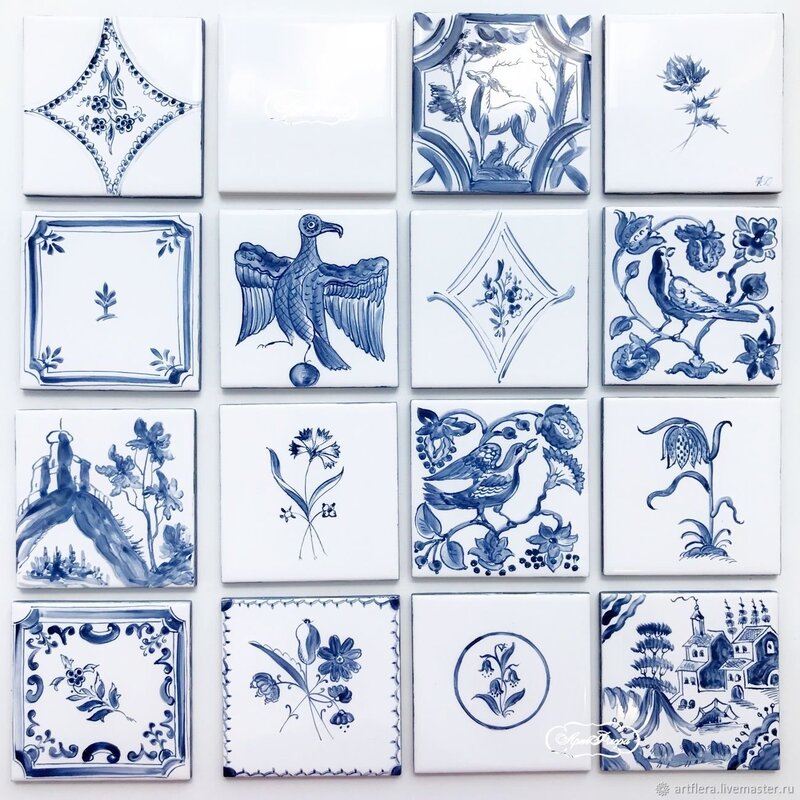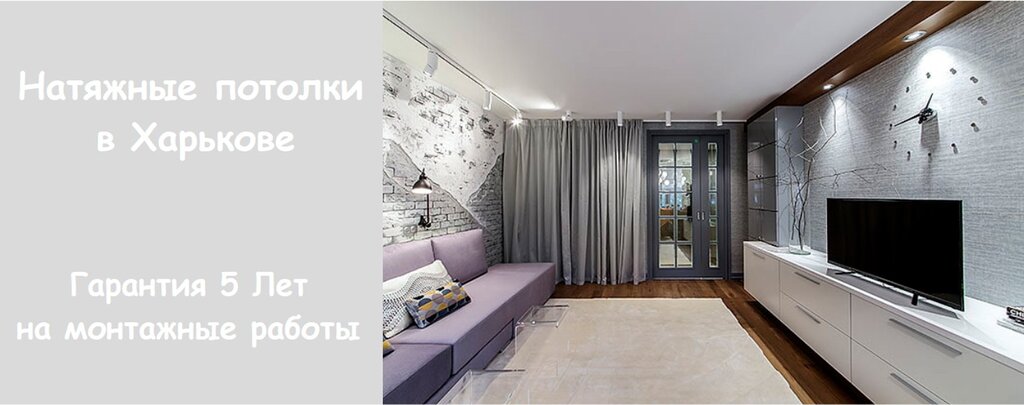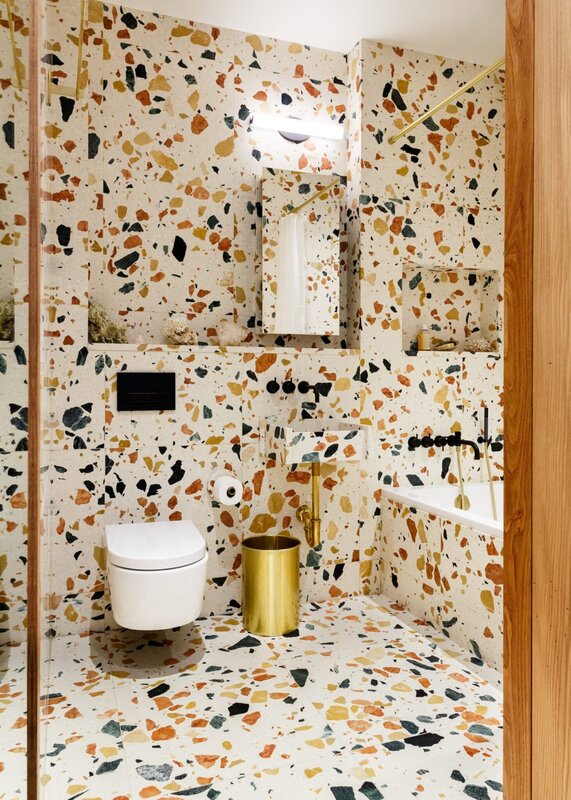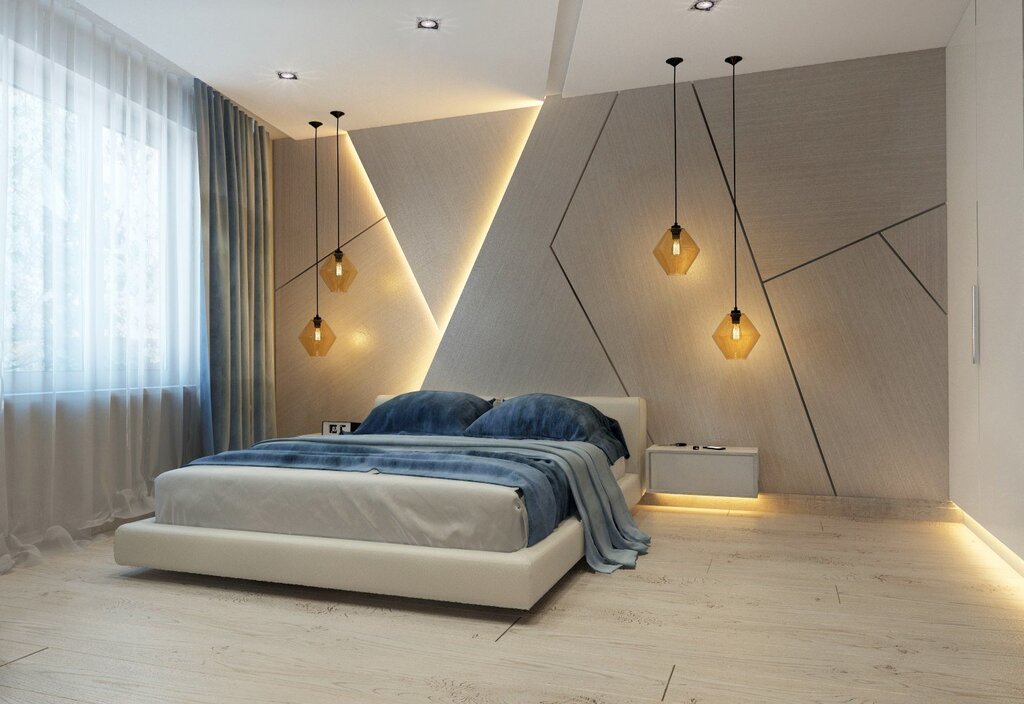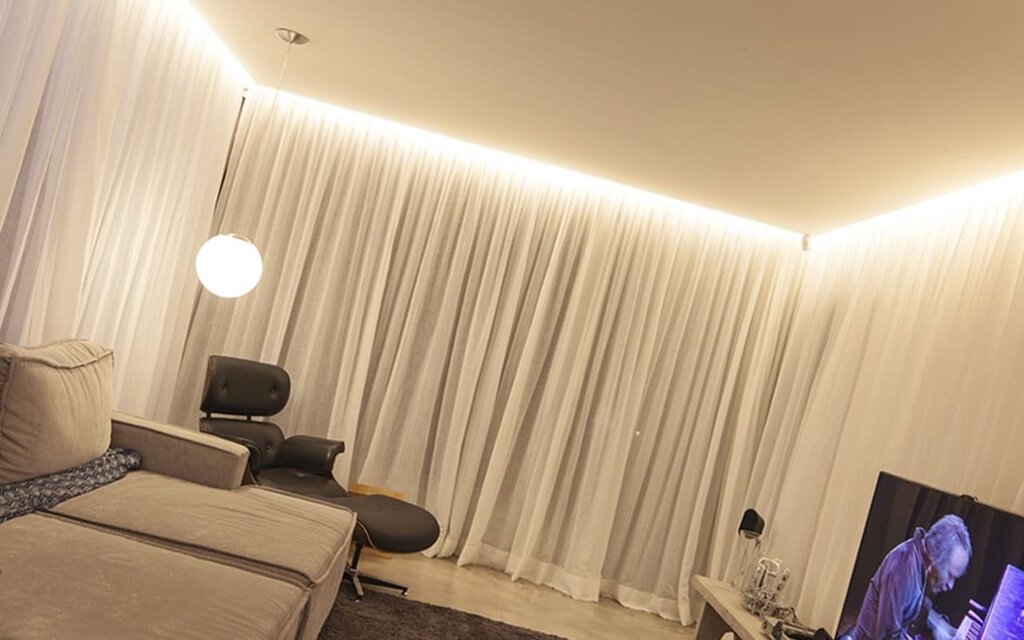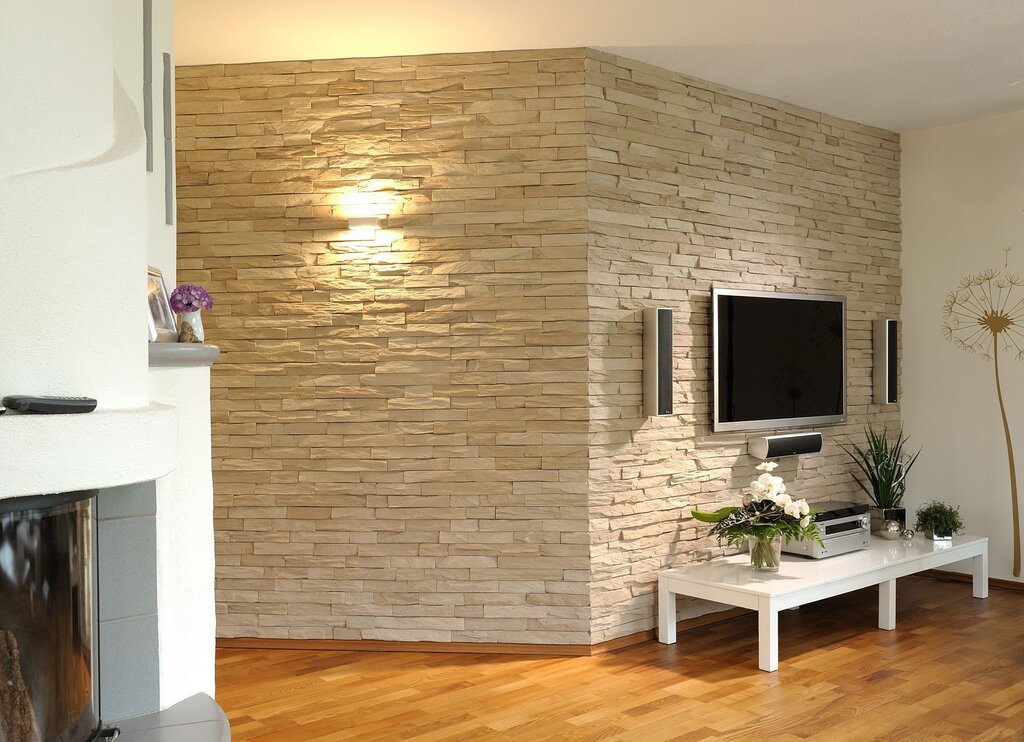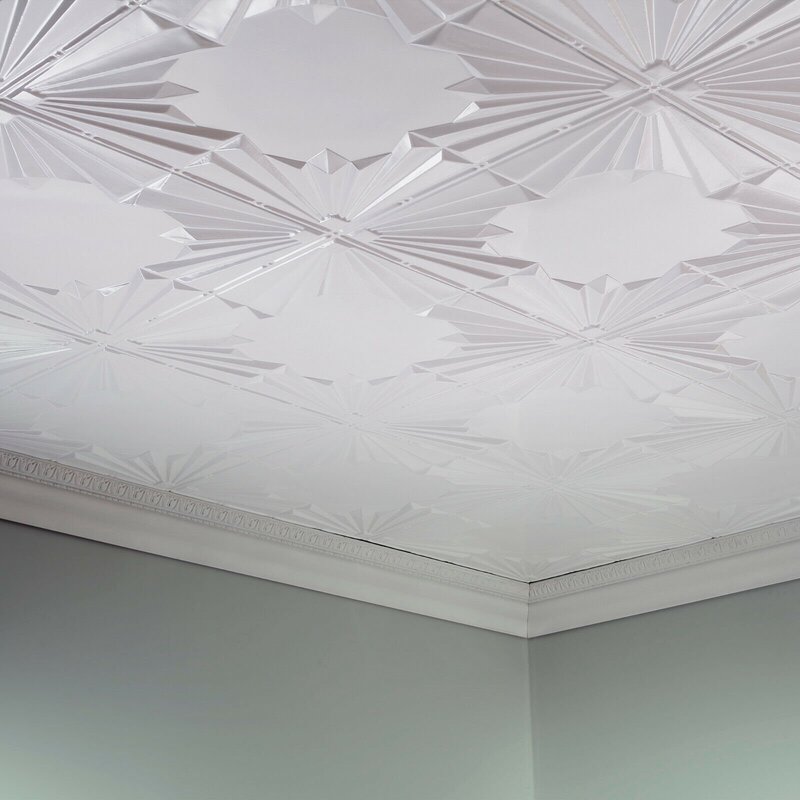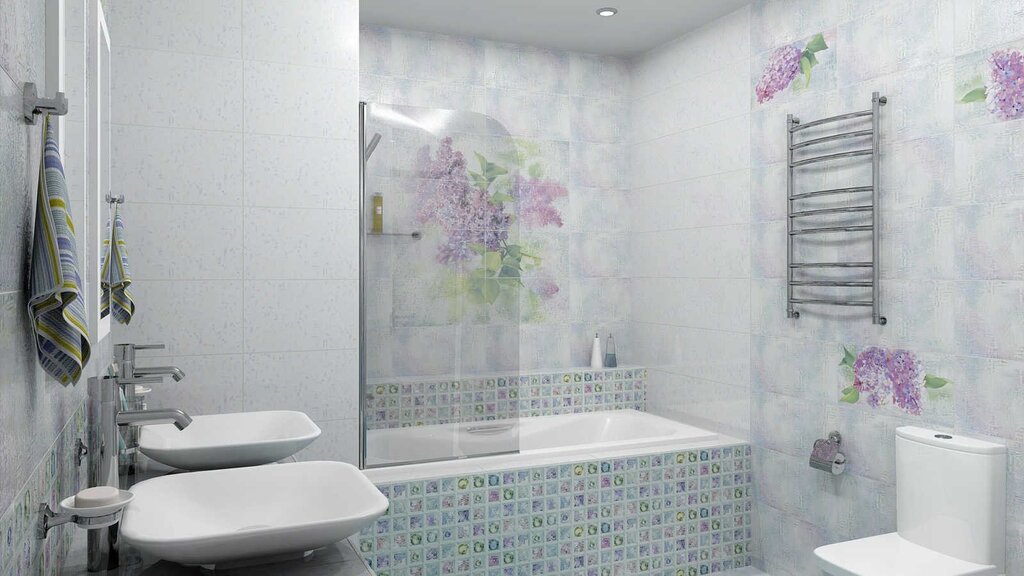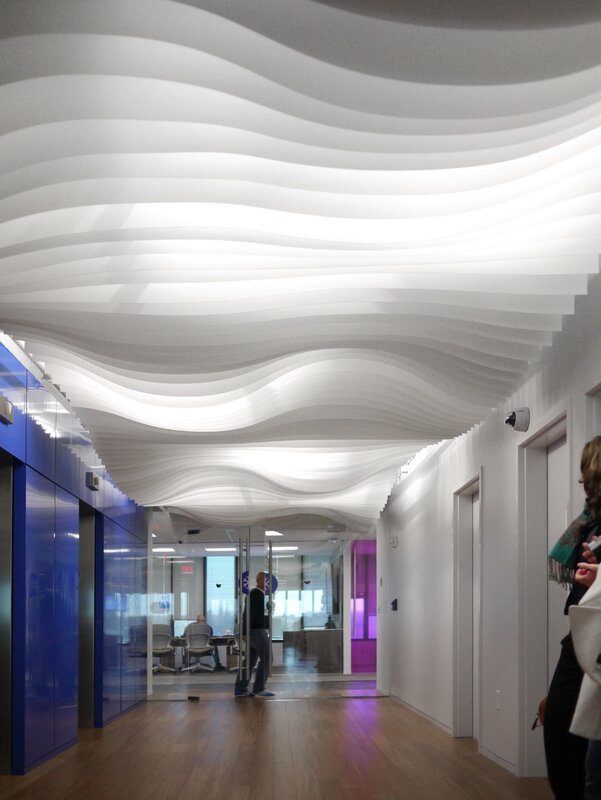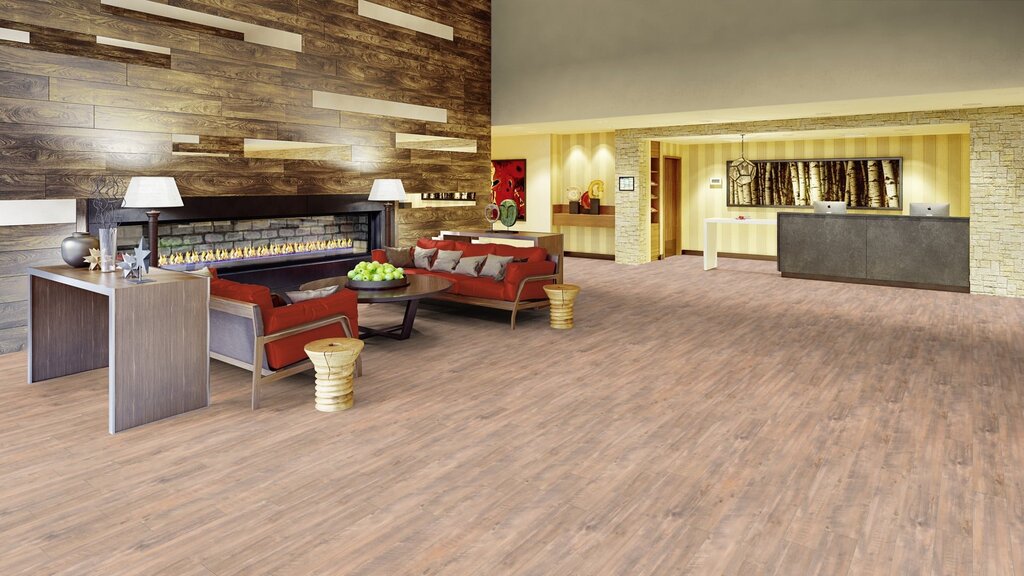- Interiors
- Finishing work
- Cracked plaster
Cracked plaster 19 photos
Cracked plaster, a common feature in many interiors, can transform a space with its unique texture and historical charm. Often found in older buildings, it tells a story of time, wear, and architectural evolution. This intriguing surface element can add depth and character to both traditional and modern designs. While some may view it as a flaw, others embrace its natural, rustic appeal. Cracked plaster can create a sense of nostalgia, evoking memories of classic European villas or rustic farmhouses. Incorporating cracked plaster into interior design can be an intentional choice, adding an artistic element to walls that contrasts with smooth surfaces and modern finishes. Its irregular patterns and subtle color variations bring a dynamic, organic feel to any room. Whether left in its natural state or enhanced with a wash of color, cracked plaster offers a tactile experience that invites touch and exploration. For those interested in design, understanding how to work with cracked plaster involves appreciating its aesthetic potential and structural considerations. Whether preserving its natural state or integrating it into new designs, cracked plaster remains a testament to the beauty found in imperfection and the enduring appeal of authenticity in interiors.


